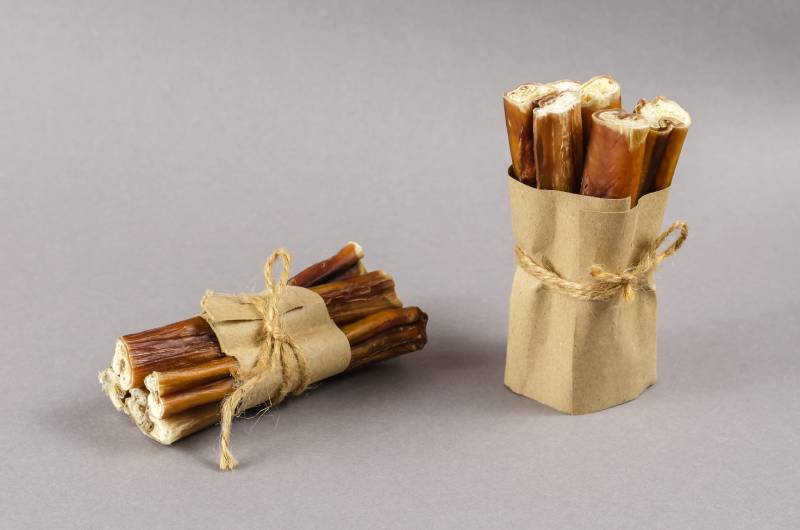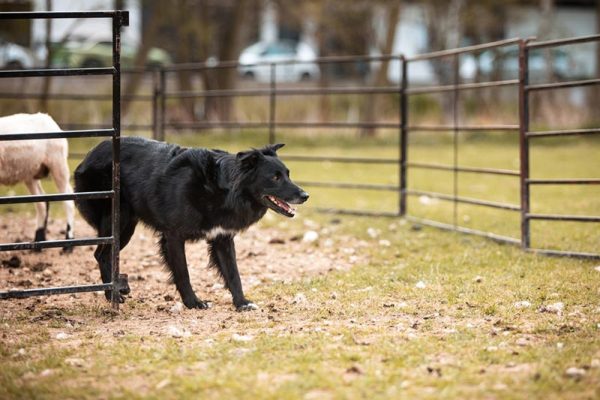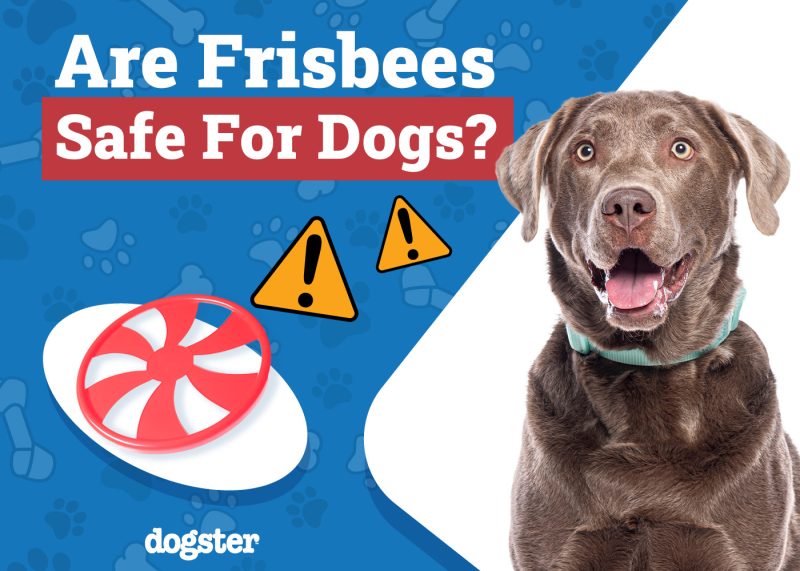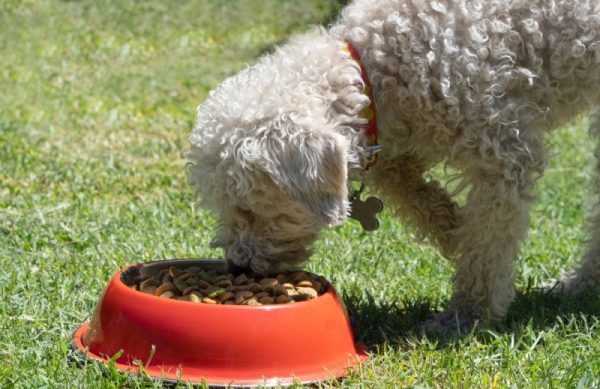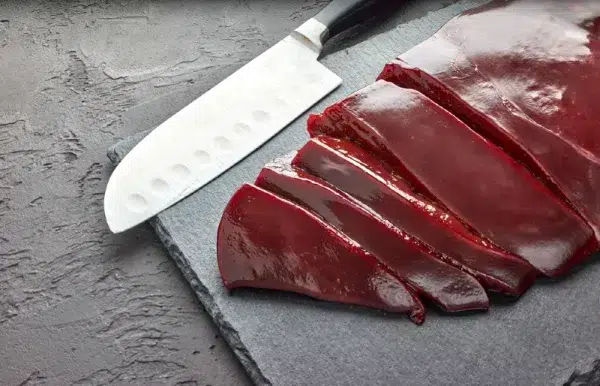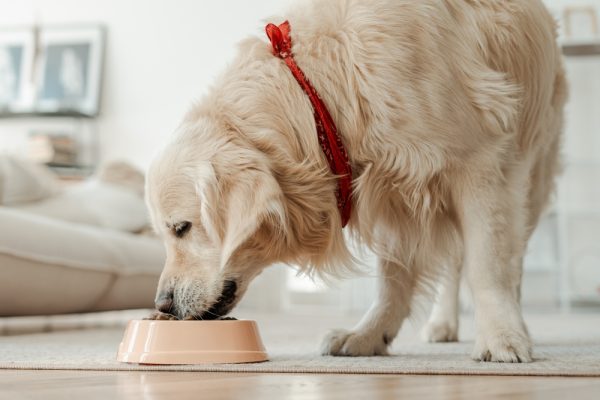In this article
View 5 More +Bully sticks are made from the penises of bulls or other male cattle. This is likely why they are called bully sticks when other dog treats, like pig trotters and pigs’ ears, have more obvious names.
These dried sticks are single-ingredient treats that are high in protein and tend to be very popular with dogs. They splinter less than rawhide, too. However, they’re high in calories, and you need to ensure you buy from a reliable source to avoid bacterial contamination. And, as with any high-reward treat, dogs can become “addicted” to them, to the extent that they will refuse other food in the hope of getting their paws on one of these treats instead.
Below, we look at bully sticks, their benefits and pitfalls, and whether bully stick addiction is a real thing.

What Are Bully Sticks?
It may sound horrific, but bully sticks are made from the penis of bulls or other male cattle. The penis is twisted and stretched before being allowed to dry. Some bully sticks may be smoked or artificially dried, but most are left to dehydrate naturally. The drying of the stick means they are long-lasting, and they are made from only one natural ingredient.

The Benefits of Bully Sticks
There are benefits and drawbacks to bully sticks for dogs. Benefits include:
- A Single Protein – Single protein treats can be beneficial for dogs that suffer from allergies or food sensitivities. It makes it easier to identify allergens that are affecting your dog, and it also means that you can effectively avoid those protein sources that are causing negative reactions.
- High in Protein – The bully stick is high in protein which can make it a beneficial treat for your dog, especially if it needs more protein.
- Long-Lasting – The dehydrated meat is difficult to chew, and a single bully stick can last some dogs several days, although for other dogs it may only last a few hours. In any case, it will last longer than a lot of other treats.
- Dogs Love Them – Although there will be exceptions, most dogs love bully sticks. They enjoy the meaty flavor as well as the long-lasting chewy texture.
The Drawbacks of Bully Sticks
Although there is a lot to like about bully sticks, there are some drawbacks to these chewy treats.
- High in Calories – The treats are high in calories, which means you need to limit the amount you give to your dog. Generally, you should try not to give more than one or two a week, although it does depend on the size of the treats you buy and the size of your dog. For smaller dogs, you can cut them in half or small pieces to limit the amount that is eaten.
- Choking Hazard – Bully sticks don’t shatter like rawhide, which means they pose less of a choking hazard. When your dog gets to the end of the treat, though, it will be left with a small, solid nub of stick and this can be a choking hazard. Ensure you take the last bit from your dog to prevent choking.
- Dental Hazard – For some pets, this treat may potentially lead to dental issues such as damage to the soft tissue in the mouth, or even fracturing enamel or other direct damage to the teeth

Can Dogs Become Addicted to Them?
Another potential pitfall with bully sticks is that some owners have reported their dogs becoming addicted to them. This certainly won’t happen with all dogs, but it is something owners should watch out for.
Signs of addiction include:
- Resource Guarding – Your dog may become very protective of its bully sticks, to the extent that it might growl as you approach, or potentially even snap. If you have other dogs or cats in the house, your dog might attack them if they get too close, and there is the same potential danger with children. They might not be attempting to steal the treat, but your dog won’t recognize that.
- Ignoring Food – If your dog does become addicted to bully sticks, they may turn their nose up at other treats and potentially even their food. This means their diet and nutrition will suffer because the sticks do not constitute a fully balanced diet. They will miss out on various essential vitamins and minerals.
- Obsessive Behavior – Obsessive behavior can include whining, pacing, and other undesirable activities. These will most likely occur when your dog doesn’t have the treat, but it can also affect them even when they have access to the chew.
How to Overcome Bully Stick Addiction
If your dog is showing signs of addiction, you will need to take action to get them off bully sticks to help ensure a balanced diet and good mental health.
- Offer alternatives. Your dog might love the bully sticks because it enjoys chewing something, rather than enjoying the flavor. Offer alternative chew toys. You may need to alternate between bully sticks and other chews initially.
- Gradually Reduce Bully Sticks. Once you are alternating between bully sticks and other treats, start to gradually reduce the number of bully sticks you feed. Your dog will likely notice if you simply try stopping the sticks straight away, but if you can cut them down gradually, it should be possible to eventually wean them off completely.
- Take Their Mind Off It. Make sure your dog has plenty of mental stimulation to keep them busy and keep their mind off the tempting thought of the treats. Take them on regular walks, play with them more often, and provide interactive toys that will keep them busy.
- Consult a Vet: If you can’t wean your dog off the bully sticks yourself, you will need to get a vet or animal behaviorist’s help. They will be able to advise you on the best course of action and how to change your dog’s potentially damaging habit.
Did you know you can speak to a veterinarian without having to travel? Just head over to PangoVet. It's an online service where you can talk to a vet online and get the advice you need for your pet — all at an affordable price!


The 3 Alternatives to Bully Sticks
Whether you are looking for alternative treats to help your dog get over an existing bully chew addiction, or you want an alternative to what has become quite an expensive chew option, there are other options.
1. Yak Chews
Yak chews are made of yak milk. My dog, Tula, loves yak chews and one will last her several days. She keeps coming back to chewing it until it’s just a short stump and then I take it off her. They are quite expensive, but they do last, and they are healthy alternatives to bully sticks.
2. Fish Skins
Dried fish skins are crunchy, and they are loaded with omega-3 fatty acids, which are great for a dog’s coat and skin. However, they don’t last. One might keep your dog entertained for a few minutes but not much longer.
3. Puzzle Toys
Various puzzle toys are available that can keep your dog occupied for hours. They can involve removing a sticky substance (such as peanut butter) or getting treats out of small holes. The activity involved plus the tasty reward can be a good alternative for dogs craving oral and mental stimulation.
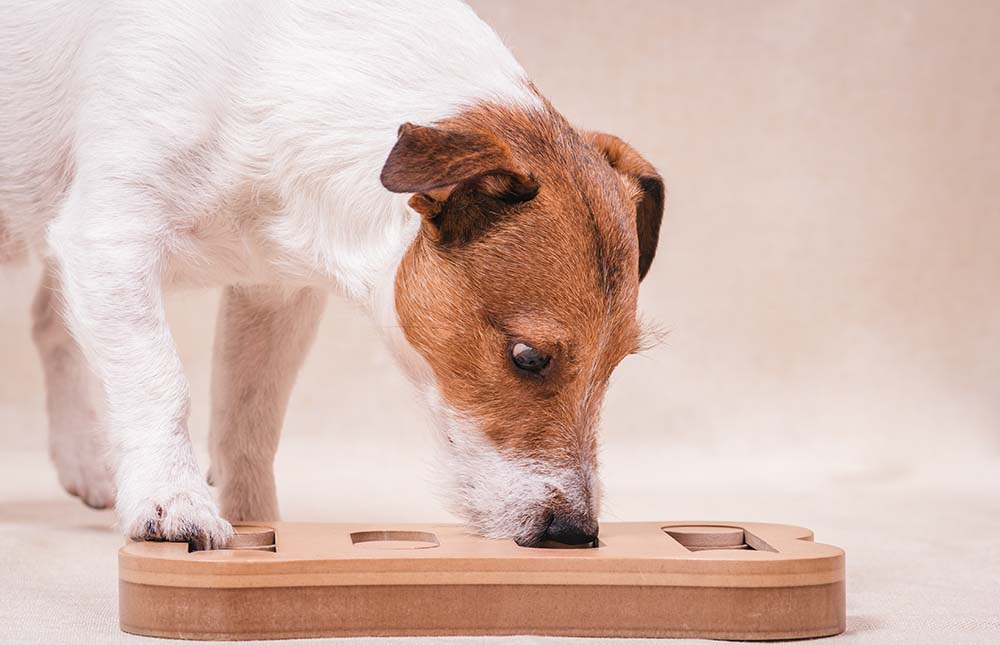

Is It Okay to Give My Dog a Bully Stick Every Day?
Bully sticks are high in protein and calories. Feeding too many, too often, can cause gastrointestinal upset, especially in the form of diarrhea, and can also lead to your pup putting on excess weight. Big dogs can have one or two a week, smaller dogs should be limited to one bully stick at most. You can cut the treats down so one will last longer, and your dog will get more enjoyment out of it.
Because they are high in protein, eating too many bully sticks at once can cause diarrhea and even vomiting. Monitor your dog and watch for signs of gastrointestinal distress. Feed them plain food if they do get ill and restrict the amount of bully sticks you give in the future.
Are Bully Sticks Unhealthy for Dogs?
In moderation, bully sticks are not unhealthy for dogs. They can be a good additional source of protein, but they are high in calories, and because they only really contain protein, these are wasted calories. No more than 10% of your dog’s daily calorie allowance should come from treats. Always speak to a vet for the final go ahead if considering these for your dog.


Conclusion
Bully sticks are popular with a lot of dogs, but these chewy treats can be expensive, are high in protein and calories, can cause dental or choking hazards and some dogs can become addicted, so they ignore other treats and show signs of unwanted behavior. It can even lead to aggression if you or another person or animal gets too close to the stick.
It is possible to wean a dog off any treat or food they have become addicted to, but it takes patience and time. And, if your own efforts fail, it is time to seek professional help from a vet or animal behaviorist.
See also:
- Australian Terrier: Dog Breed Info, Pictures, Traits & Care
- Bearded Collie: Dog Breed Info, Pictures, Facts & Traits
Featured Image Credit: DmitrievMikhail, Shutterstock
